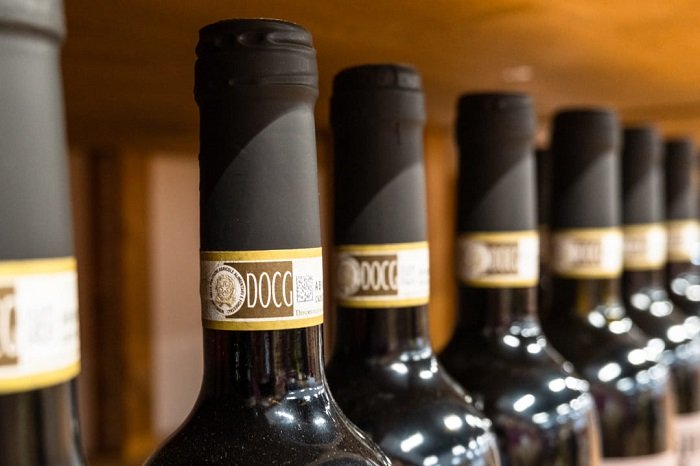By now the term has entered the public imagination. For many it is synonymous with "authentic," so terms like a Roman Doc, a Milanese Doc, allude to just that. But let's see what Doc or, rather, Docs are in this case.
They are production specifications related to the wine industry. The first law that established them was 930 of 1963. The first ones, however, were enacted in 1966, only seven if I remember correctly. Today there are several hundred and define territories and production systems In all regions of Italy. In 1980 they were joined by DOCGs, which in addition to the designation of origin also contain a state “guarantee” with particularly careful control of the production chain.
Over the years, and from many quarters, many challenges to this system have come. It was said that it did not guarantee quality, that there were too many designations, that it was basically bureaucratic trappings. There is some truth in this. But Doc and Docg wines have enabled the development of qualitative viticulture in an obvious way, they determined production protocols that then enabled the controls, which is very important, and almost all consortia are children of DOCs. Then they are not provisions dropped from above. Producers in a DOC area decide the rules by majority vote; therefore, the law almost only takes note of them.
Compromises? Of course, as with all laws and as is normally the case in a democracy. Perfectible? Obviously, yes. Are there too many of them? Sure. Do you think that 80 Docs “cover” 90 percent of regulated production. Over 400, considering also the Igts, only 10%. Because many designations have been assigned for local political reasons because, if you have Doc you don’t have to access compulsory distillation for surpluses, these are just examples.
That said, tiny Docs also played an important role. Faro, Mandrolisai, Terreni di San Severino, Leverano, Carema, Ramandolo. Finally, before DOCs most of the Italian wines that are famous today were just small local productions. One for all, Brunello di Montalcino. So in the face of some obvious limitations, issues such as the possibility of controls, the evolution of viticultural technique, the emergence of many consortia, and the Development of improved and widespread quality production are things that cannot be forgotten.
Writing the book “
On the Trail of the Black Rooster
” dedicated to the centenary of the birth of the Chianti Classico Consortium and the symbol that later became its icon, I had the opportunity to learn more about the birth among a thousand battles of the DOC system in Italy and to get to know better such characters as Giovanni Dalmasso, Paolo Desana, and Italo De Lucchi. For decades they have been trying to find ways to To protect and promote the best Italian wines. To people like them our world owes a lot.




